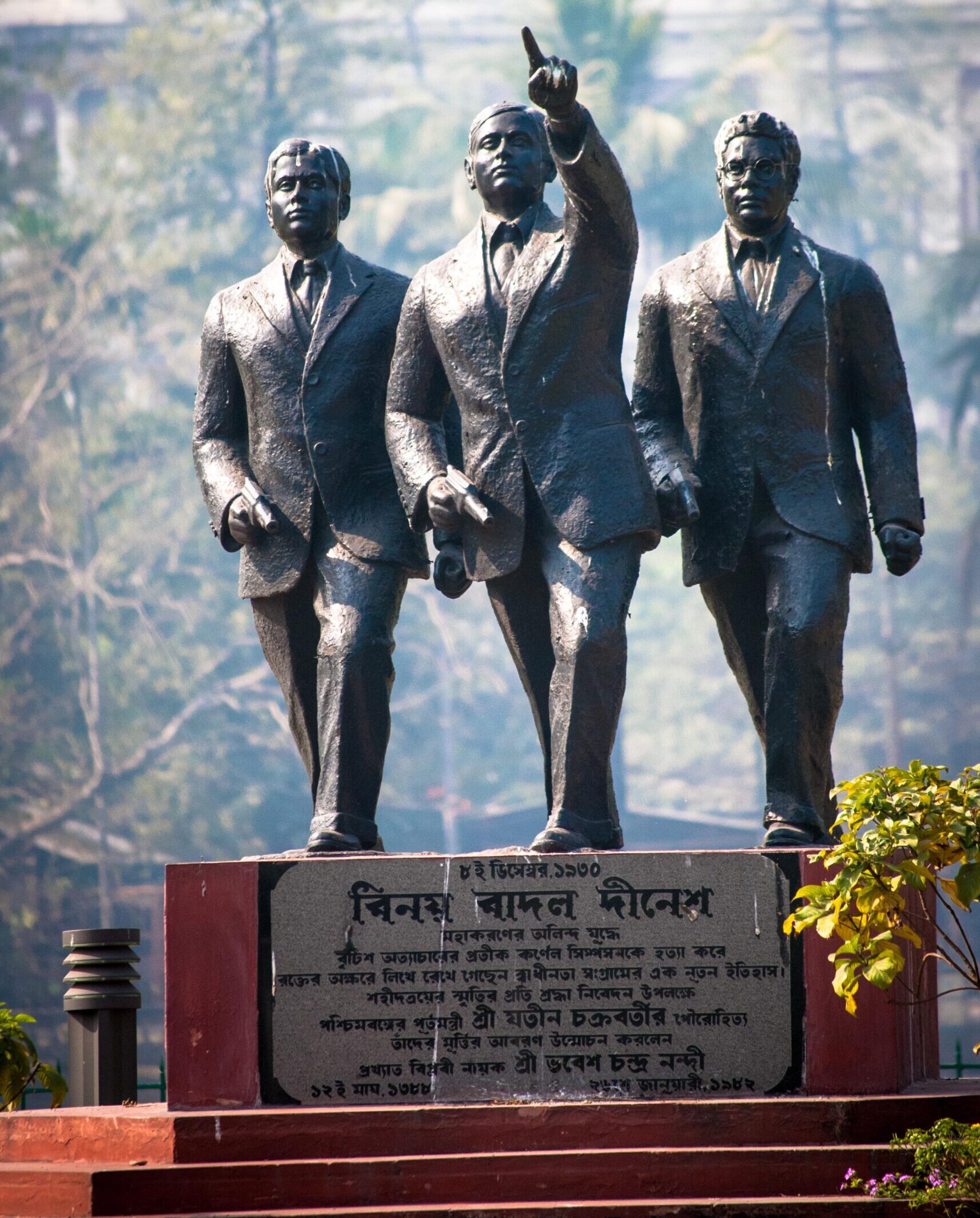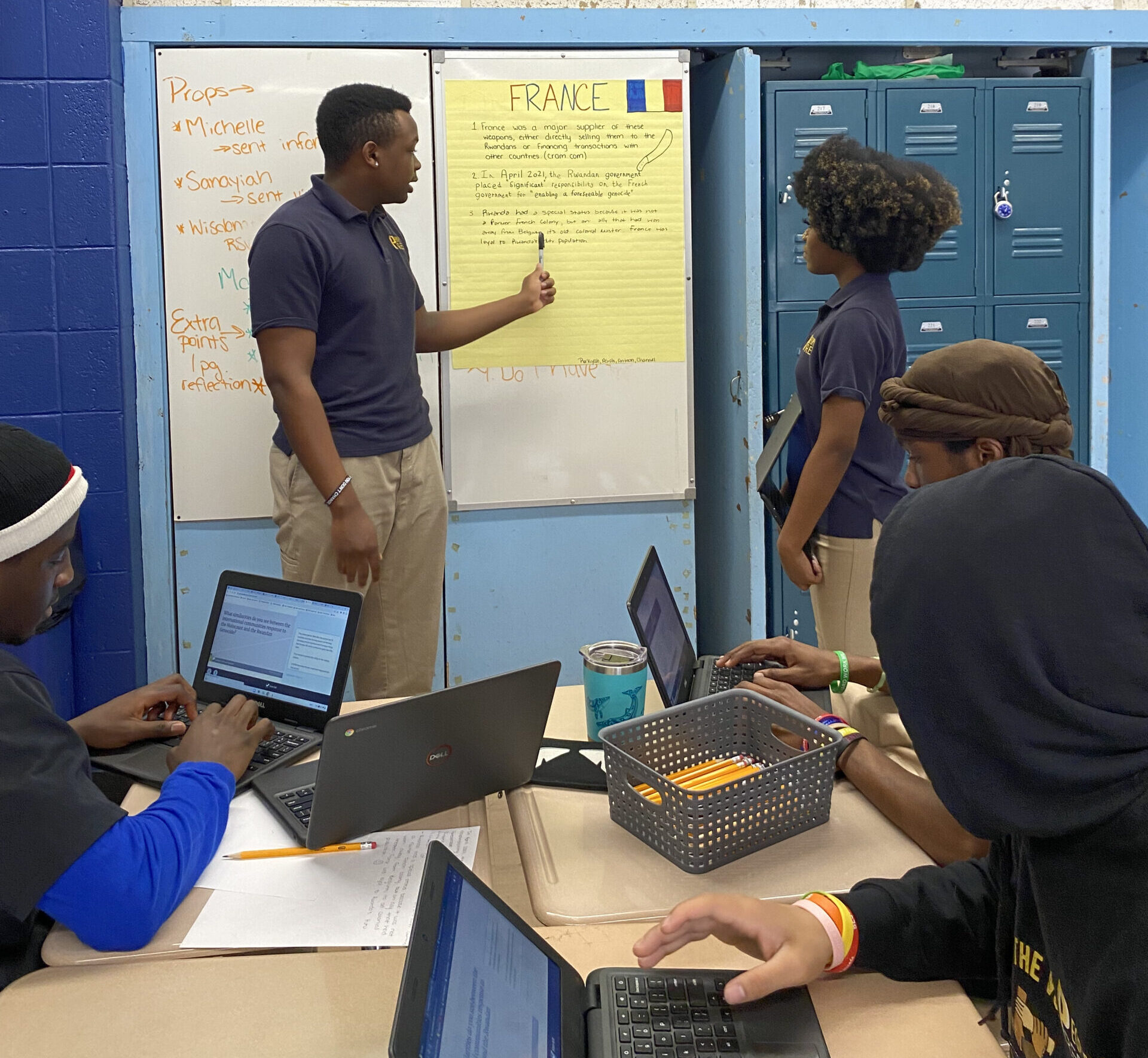In 1986 the National Education Association (NEA) adopted a policy resolution stating that part-time faculty should be employed only when an educational program requires specialized training or expertise not available in full-time faculty and when the need for such training and expertise does not justify more than half-time employment. Part-time faculty should receive the same salary and fringe benefits as full-time faculty, prorated according to the workload. The NEA also believes that part-time faculty should not be employed for the primary purpose of reducing instructional budgets or for reducing the number of full- time positions.
The American Association of University Professors (AAUP) supports this position. In 1993 the AAUP joined the NEA in its opposition to the growing tendency to overuse part- time, temporary, and non-tenure-track faculty. The AAUP took the position that excessive use of part-time faculty undermines academic freedom, tenure, and educational quality, and that part-time faculty are usually expected to work for substandard compensation, without security of employment or due process, and under conditions that “place at risk the value of education being provided to their students.”
The NEA and the AAUP rightly share concerns about the welfare of those who are exploited by the part-time system and the conditions under which many are forced to work. Substandard wages and working conditions, along with exclusion from due process and from policy and decision making, deny professional status to part-time faculty. Moreover, as institutions increasingly use part-time, temporary, and nontenured positions for cost-cutting purposes, the NEA and the AAUP are concerned about the ramifications of such practices on higher education. As the number of part-time, temporary, and non-tenure-track faculty increases-such workers now account for over 50 percent of all working faculty—and as the proportion of full-time tenured faculty decreases, the faculty’s role and voice in determining a university’s policy is undermined, and administrative priorities become more dominant.
From the dialogues on the H-Teach and H-Survey lists on the Internet, from the various reports and statements issued by the AAUP and the NEA, from articles in professional periodicals, and from panels on the topic at professional conferences, one would think that a majority of faculty—even those employed full time—are critical of the use, overuse, and misuse of this pool of available labor. Surely, the NEA and the AAUP are echoing concerns of faculty around the country.
However, both the NEA report and the AAUP policy statement exclude some categories of academic employment where abuses are known to exist—for example, researchers supported by grant funds or “soft money” and graduate and postdoctoral students paid to teach. The NEA and the AAUP justify this exclusion on the grounds that graduate students are being trained and supervised, whereas the performance of part-time, temporary, and non-tenure-track faculty teaching basic courses may not be monitored or reviewed before reappointment. Furthermore, the argument goes, graduate students are not really faculty, but are serving in ancillary positions as teaching and research assistants. Certainly graduate students by virtue of being students are not faculty, but many do teach their own courses, often as a requirement for funding. In many cases, the use of graduate students as part-time teachers creates nonexploitative, mutually beneficial arrangements, with students expanding department offerings, serving as sabbatical replacements, and filling in when a full-time faculty person’s responsibilities shift temporarily.
But both graduate students and faculty have noted that although graduate students may not be isolated from their institutions or their departments or excluded in the same ways that part-time and temporary faculty often are, graduate student teachers and part-time temporary faculty share similar problems. Both groups are underpaid, undertrained, and excluded from due process; frequently, both are excluded from departmental and institutional decision-making processes, even those that directly affect them; and finally, graduate students and part-time and temporary faculty are without protection or rights granted to full-time faculty. In short, they are part of a group of “contingent workers” confronting the problems inherent in the work-for-hire system that employs them.
The issue of exploitation is a serious one, but the profession should be concerned about this use of graduate students for another, less obvious reason. The NEA, the AAUP, and the National Adjunct Faculty Guild argue that the use of part-time faculty has created several underclasses on campus that are separated from the “privileged” class of regular, tenured faculty. Graduate students stand on the margins of that underclass. If the NEA, the AAUP, and others are correct—that part- time faculty have been hired because of perceived financial necessity, as an inexpensive way to keep costs down and enrollments up, because of the desire to maintain administrative “flexibility,” and because of the availability of un- and underemployed academics—then I would argue that the exclusion of graduate students from the group of faculty that the NEA and the AAUP seek to protect will simply perpetuate the problem. As graduate students face the challenges of a precarious job market, of unpredictable student enrollments, of limited funding for graduate education, and of extended time to complete the Ph.D., they represent a readily available reserve of part-time teachers. As such they implicitly represent- even allow for-the reshaping of a dubious employment pattern along new lines. Short on funds and long on desire, an army of graduate students stands ready to accept available part-time work, creating another kind of underclass. And surely institutions that have not addressed the problem of the misuse and abuse of part-time and temporary faculty in the eight years since the NEA issued its initial report stand ready to hire them.
Graduate students are caught in a dilemma, implicated in their own exploitation by the very nature of their position in the profession. In a profession that values a hierarchy with tenured faculty at the top and students at the bottom, the process of pursuing the Ph.D. is the rite of passage. Some students concede to this system that marginalizes them, seeing their position as temporary and necessary. Others respond by organizing unions of teaching and research assistants aligned with the support and clerical staff of universities. Whatever their politics, for many graduate students, teaching is part of the process of moving up the hierarchical ladder. Graduate students teach for a variety of reasons, but a primary motivation is professional development. In a competitive job market, they are quite aware that one’s record is strengthened by demonstration of both scholarly achievement and the ability to teach. After all, teaching experience is one of the major factors considered by search committees. Clearly, one’s marketability—dirty word that it is—increases with teaching experience, particularly in introductory and survey courses. Moreover, teaching is often essential to receive funding, however little it may be. Given increased competition for fellowships, teaching part-time can make it financially possible for graduate students to continue their research and writing. Since it is not unusual to take eight years to complete a Ph.D. in history, and since eight years of full funding is virtually unheard of, graduate students will continue to teach as long as they continue to pursue degrees. In a setting that tolerates the current predicament of part-time, temporary, and non-tenure-track appointees, graduate students will teach part time because for them, like many in the part-time pool, it is often the only option. But there is another dilemma: graduate students also teach because they enjoy it, even when they are told to downplay their teaching interests and focus on research. For many, teaching helps to make sense of doing history: it shifts one’s vision beyond the archives, makes connections for broader audiences, articulates issues from a multiplicity of perspectives, and presents new questions and challenges.
And I would argue that graduate students should teach. They contribute greatly to the profession. They bring enthusiasm, as well as energy, and new perspectives to the discipline: fresh readings of texts, innovative uses of sources, access to new types of information, and current methodologies in research. Graduate students embody the connection between research and teaching, so often encouraged and promoted as a positive component of a research institution. In these and other ways graduate students may be seen as the cutting edge of the profession.
With part-time faculty now organizing, and with some institutions beginning to address their concerns, graduate students should not be, do not want to be, and do not want to be perceived to be scab workers. Nor do they want to work for substandard compensation, without security or due process, or under other conditions that compromise the quality of education, their own or that of their students. They do not want to be complicit in a system that, as the AAUP states forcefully, “undermines the institution’s respect for teaching and the reputation of higher education in the larger society.”
The profession needs to broaden its constituency in a way that continues to recognize the differences between students and faculty but does not perpetuate or re-create the underclass that the AAUP and the NEA seek to protect. The call to significantly reduce the number of part- time and temporary positions by converting them to regular full-time positions, for example, is not enough. The AAUP and the NEA must rethink their positions and take into account the active presence of graduate student teachers who are, quite frankly, in a unique and vulnerable position.
The AHA Council should support the NEA position and the AAUP policy statement, as it did in its January meeting, and the entire academic profession should work together to eliminate the dependence on so-called temporary positions. This will require all of us to encourage and support increased financial commitment to upgrade the status of faculty outside the tenure system, whether full or part time. As a graduate student, I urge the AAUP and the NEA to reconsider their exclusion of graduate students who work and teach in part-time and temporary positions and to reshape their policies to include this marginal underclass of workers. The contours of this new policy would require the same large shift in opinion among regular faculty, administrators, and trustees that the NEA seeks in recommending the elimination of the misuse and abuse of part-time and temporary faculty. By including graduate students, the NEA and the AAUP would broaden their efforts to deal with this critical professional problem. It is my hope that this reformulation would help tenured faculty to see graduate students as colleagues, and not solely as students, and would help graduate students to see themselves as professionals.
I also suggest that the AHA undertake a survey of graduate education from the perspectives of both graduate students and directors of graduate studies. We need to know who teaches, when, and for what reasons. Such data would provide us with solid information as we formulate new policies. As a part of this effort, I recommend that the AHA create a task force to comprehensively consider broader issues of graduate education, and if necessary, to make recommendations that respond to the issues that I raise here and that are sure to be raised in any survey that is undertaken. (See box on page 14 for details about the AHA Graduate Student Task Force.)
I recommend that the profession explore innovative ways to support and enhance opportunities for graduate students in teaching. There may in fact be ways for graduate students to gain experience as teaching faculty outside of research institutions. For example, awarding teaching fellowships to graduate students at small liberal arts colleges would create win-win situations for small institutions unable to expand faculty and for graduate students seeking experience. Fellows could teach courses on a part-time basis at such “exchange” institutions, where they would be mentored by senior faculty of the college, and receive a prorated salary plus benefits while they continue their research and writing. A program of this type would facilitate progress toward the degree at the same time that it would provide advantages for all parties: it would maintain the student-faculty delineation that many value, and it would offer some stability as students complete the Ph.D. Although the program would still be a revolving door, it would be an appropriate revolving door as graduate students move from one stage to the next in their professional careers.
Finally, I call on graduate students to become aware of and involved in resolving a complicated issue confronting the profession we hope to enter. Very soon we are likely to face the problems of part-time, temporary, and non-tenure-track positions ourselves, if we have not experienced them already. As the profession grapples with these difficulties, we must do likewise. We should be a part of the solution, participating in the discussions and decisions that affect us, and helping to create the changes that will shape our and other students’ futures.
Leslie Brown is a graduate student at Duke University.


